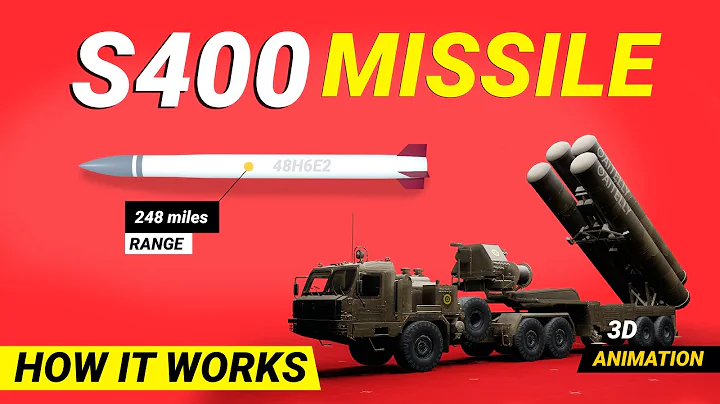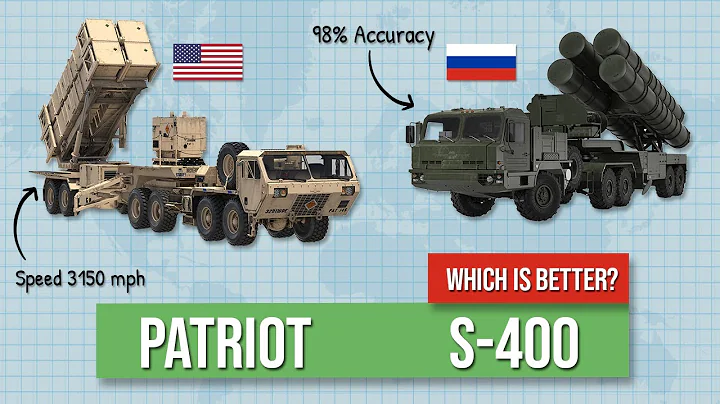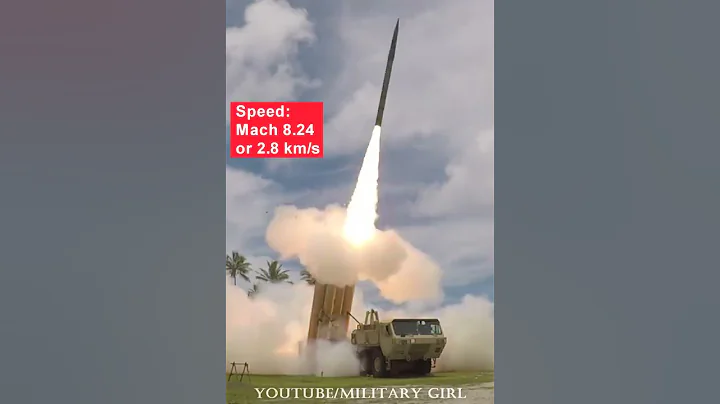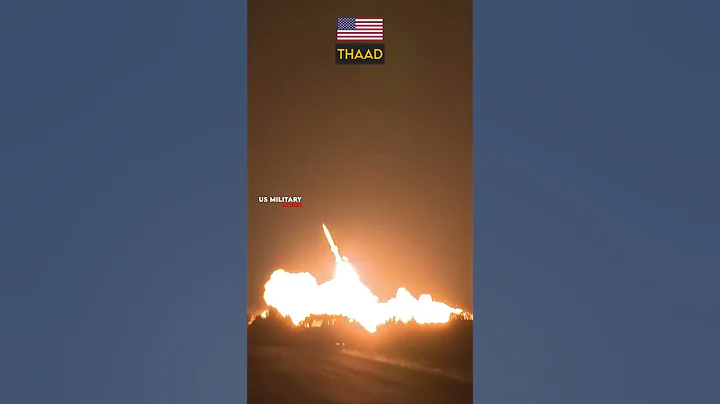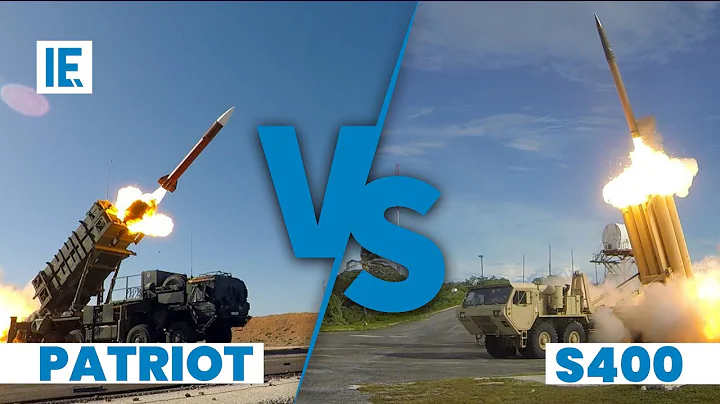When World War II progressed to 1945, Germany was already like a trapped beast covered in bruises: the east-west pincer attack by the Soviet Red Army and the American and British Allied Forces put Germany in a disadvantageous position in a two-front battle. After the Battle of Stalingrad ended on February 2, 1943, the Soviet Red Army gradually turned to the offensive on the Eastern Front. After the Battle of Kursk on August 27, 1943, the German army completely lost its strategic offensive capabilities on the Eastern Front and had to switch to full-line defense. After Italy defected to the Allies in September 1943, Germany began to face attacks from both sides.

In 1944, ten assaults launched by the Soviet Red Army wiped out 130 divisions of the German army with 1.6 million troops. At this point, the Soviet army began to advance the front towards the German mainland after recovering almost all of the occupied territory. The Normandy landing operation on June 6, 1944 opened up the second battlefield in Europe against Nazi Germany: 2.88 million Allied troops poured into the European continent from the British Isles like a tide. After France was liberated on August 26, 1944, it also participated in military operations against Germany. In the Battle of the Ardennes from December 16, 1944 to January 25, 1945, Hitler consumed the most valuable armored forces.

So far Germany has lost its last trump card. In the spring of 1945, the four armies of the United States, Britain, France and the Soviet Union entered Germany to fight: the Soviet army had advanced to a place only more than 100 kilometers away from Berlin; the leading troops of the United States, Britain and France had also advanced to the Elbe River. is located 100-120 kilometers away from the German capital. This means that the final decisive battle against Berlin, the German capital, is about to begin. The question is, should the military task of conquering Berlin be borne by the Soviet army on the Eastern Front or by the American, British, and French troops on the Western Front?

Of course, we know that the later objective fact was that the Soviet Red Army captured Berlin. So didn’t the American, British, and French troops on the Western Front think about taking the credit for capturing Berlin? Among the three countries on the Western Front, the United States, Britain, and France, France actually surrendered early on, and only relied on the Allied counterattack to recover. At this time, France did not have a great say in the Allied forces, so whether to attack Berlin or not was mainly decided by the United States and Britain. At that time, Britain really wanted to get into Berlin before the Soviet army did. However, the United States' attitude on this issue was quite ambiguous.

At the Yalta Conference in February 1945, Roosevelt, Stalin, and Churchill reached an agreement: After the war, Germany would be occupied by the four victorious powers: the United States, the Soviet Union, Britain, and France. At this meeting, the United States and Britain actually acquiesced that eastern Germany would become a Soviet-occupied area after the war, but they separately agreed that Berlin, the capital of Germany, would be jointly occupied by the United States, the Soviet Union, Britain, and France. Therefore, in the Soviet-occupied area after the war, an enclave occupied by the United States, Britain and France appeared. West Berlin . After the separation of East and West Germany, West Berlin remained an enclave within East Germany.

The Yalta Conference actually stipulated that the area around Berlin was a Soviet occupied zone. Even if the United States, Britain, and France joined the Soviet army in attacking Berlin, they would not gain anything. As for the city of Berlin itself, which has been agreed to be co-managed by the four countries, and whoever conquers it will occupy it, do the United States and Britain still have to attack Berlin at all costs? What's more, the U.S. and British allies still face many practical difficulties if they really want to attack Berlin. We have mentioned in the above description that the leading forces of the Soviet Red Army and the American and British Allied Forces have advanced to a place only more than a hundred kilometers away from Berlin.

But this only refers to the vanguard forces of both sides, not the main forces of both sides. In fact, most of the main forces of the American and British Allied Forces were still facing the solid Siegfried Line of Defense more than 200 kilometers away at this time. After the Soviet army's victory in the Hungarian Battle, the final victory of the Eastern Front battlefield was just around the corner. It was too difficult for the American and British Allied Forces to invade Berlin before the Soviet army. Even in the face of this objective reality, British Marshal Montgomery still led the British 21st Army to rush from the west of the Elbe River to the nearest road to Berlin.

At this time, although the United States, Britain and the Soviet Union were still strategic allies in jointly fighting German fascism, the trend of Cold War games in the future has also emerged.As the war draws to an end, all parties pay more and more attention to the division of post-war interests. At this critical moment related to the division of post-war political interests between East and West, Supreme Allied Commander Eisenhower called Moscow to clarify that Allied military operations were limited to cutting off the connection between the north and south of the German army. This is tantamount to clearly telling Moscow that the Allies have no intention of conquering Berlin.

In fact, these words were not entirely addressed to Moscow, but also to Montgomery and the British government behind him. Britain's intention to attack Berlin was to limit the expansion of the Soviet Union in Europe, so that Britain would have a greater say in Europe. Although the United States and the United Kingdom are as good as wearing a pair of pants now, the United States will not help the United Kingdom unconditionally - after all, the United States always prioritizes its own interests. At that time, the United States was fully aware that the Soviet Union would inevitably rise after the war.

If Britain and France receive too many benefits from this war, then Britain and France will be able to confront the Soviet Union alone after the war. In this way, Britain and France would not have to rely too much on the United States after the war. If the Soviet Union had the power to overwhelm Britain and France, then Britain and France would have to rely on the protection of the United States. In this way, the United States will undoubtedly become the hegemon of the Western world. On the surface, the United States' abandonment of Berlin allowed the Soviet Union to firmly establish its power position in postwar Eastern Europe, thus forming what Churchill called the "Iron Curtain".

At first glance, you might think that the United States is accommodating the Soviet Union, but in fact the United States is happy to see the formation of the "Iron Curtain". It was precisely because of the existence of this "Iron Curtain" that Western European countries had no choice but to turn to the United States after the war. As a result, the United States was able to gather the power of the entire Western world to launch a Cold War game with the Soviet Union. The strong rise of the United States after the war was, to some extent, based on the general decline of the old European powers such as Britain, France, and Germany. If Britain, France, Germany and other countries still had the same influence and voice in the international arena as before the war, would they accept the control of the United States?

After Eisenhower called off the Montgomery operation, Churchill harshly rebuked: "I don't see what's the benefit of not crossing the Elbe. If the enemy's resistance is weakened as it is in reality, then why don't we cross the Elbe as far as possible. Advancing eastward? We will voluntarily give Berlin to the Russians . Once the Russians enter Berlin, there will be extremely serious political consequences, because all this will make them realize that the world was conquered by the Russians." . It can be seen that Churchill wanted to attack Berlin in order to curb the expansion of Soviet power.

The United States realized that the rise of the Soviet Union after the war was unstoppable. At the same time, if the United States wanted to establish its world hegemony, it would also need to weaken the established powers such as Britain and France. The United States took the lead in developing nuclear weapons before the end of the war and achieved military advantages that other countries could not match. By establishing the Bretton Woods system in which the U.S. dollar was linked to gold, it achieved economic advantages that other countries could not match. By creating the United Nations , The International Monetary Fund has achieved a political voice advantage that other countries cannot match. With the decline of Britain, France, Germany and other countries, the postwar world presented an obvious bipolar pattern of the United States and the Soviet Union.

If the United States had sent troops to capture Berlin in 1945, it would not have been of great benefit to the United States. It could only be regarded as a wedding dress for Britain and other European countries. Instead, after the Soviet Union occupied Berlin, all of Western Europe would obey the orders of the United States under the pressure of the "Iron Curtain." In this way, the United States established its hegemony as the leader of the Western world. Of course, the United States also realized that the Soviet Union was likely to become its strategic rival after the war. Therefore, the United States allowed the Soviet army to attack Berlin, which actually had the intention of weakening the Soviet Union in a sense.

Berlin, as the heart of the Third Reich, built huge and complete fortifications. Hitler assembled 1 million troops to defend Berlin. The US military estimated that the attack on Berlin would cost at least 100,000 casualties. For a country like the United States, which is extremely concerned about the casualty rate, it is obviously unwilling to pay such a price for the false name of Berlin's liberator.What's more, as early as the Yalta Conference, Berlin had already agreed to be co-administered by the four countries. Even if the US military successfully occupied Berlin, it still reallocated part of the city to the Soviet Union. Of course the United States will not engage in such a loss-making business.

In turn, allowing the Soviet army to attack Berlin meant that the Soviet Union suffered huge casualties. You must know that the Soviet Union has suffered more than 29 million military personnel and more than 17 million civilian casualties in its war with Germany. The shortage of labor resources caused by such heavy casualties was obviously detrimental to the Soviet Union's post-war recovery and reconstruction work. The United States seemed modest in giving the credit for the liberation of Berlin to the Soviet Union, but in fact it was equivalent to passing on the cost of casualties to the Soviet Union. The Soviet Red Army suffered more than 300,000 casualties in this battle to capture the capital of Nazi Germany.



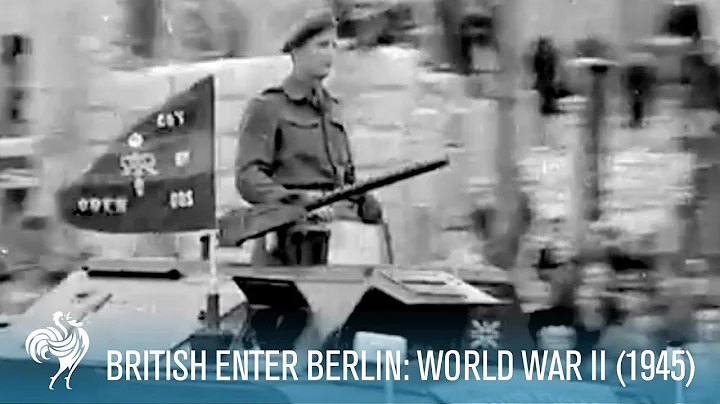


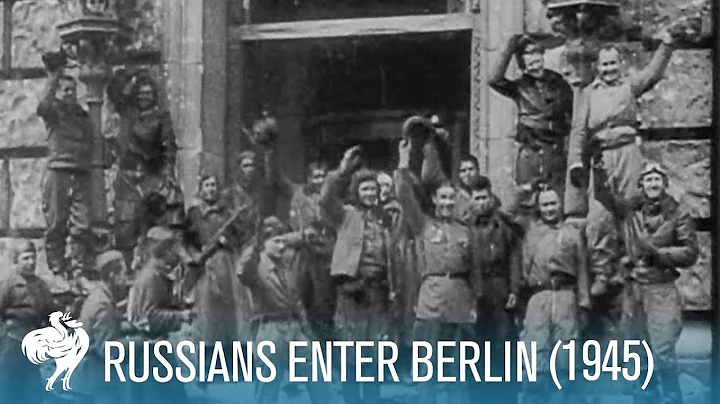
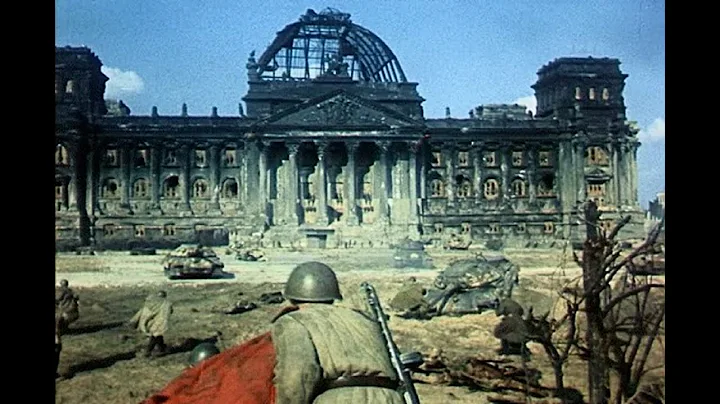

![Battle of Berlin 1945 - Nazi Germany vs Soviet Union [HD] - DayDayNews](https://i.ytimg.com/vi/SgHWSJBlnas/hq720.jpg?sqp=-oaymwEcCNAFEJQDSFXyq4qpAw4IARUAAIhCGAFwAcABBg==&rs=AOn4CLBpSGvWGCNMWXcIfifgrbOnbLcqnA)


